DevOps enables enterprises to assure the frequent and continuous delivery of high-quality, user-approved software for their organization or a broader user base. To do this, organizations adopting a DevOps strategy have abandoned less agile development approaches in favour of what is likely the most agile way to deploy new software.
Doing a Devops certification course can help you gain the Devops training you require to start your career in your dream company which uses Devops structure. Businesses that use DevOps architecture have mastered the art of producing better and quicker software releases. Here we will define DevOps architecture and discuss how it might assist your corporate organization.
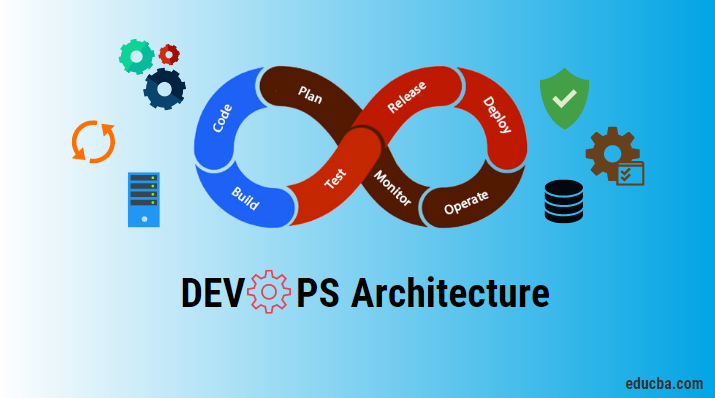 |
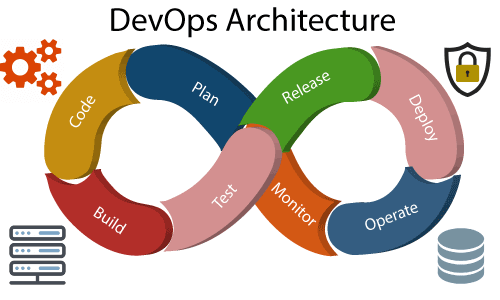 |
While there isn't a fixed definition, DevOps can be defined as a process architecture that facilitates cooperation between development and operations teams in order to push code to production environments more quickly and reliably.
The term "DevOps" combines the terms "development" and "operations." DevOps contributes to the acceleration of application and service delivery. It enables firms to provide more effective customer service and increase their market competitiveness. DevOps, in its simplest form, is the synchronization of development and IT operations through improved communication and cooperation.
DevOps presupposes a culture in which cooperation between development, operations, and business teams is viewed as important to success. It is not only about the technologies; DevOps in an organization generates ongoing value for customers. Along with people and procedures, tools are one of its cornerstones. DevOps enables enterprises to offer high-quality solutions quickly. It automates the whole lifecycle of an application or a product, from development through deployment.
The DevOps debate revolves around the connection between developers, or those who make a profession writing software, and operators, or those who are responsible for maintaining that software.
Difficulties confronting the development team
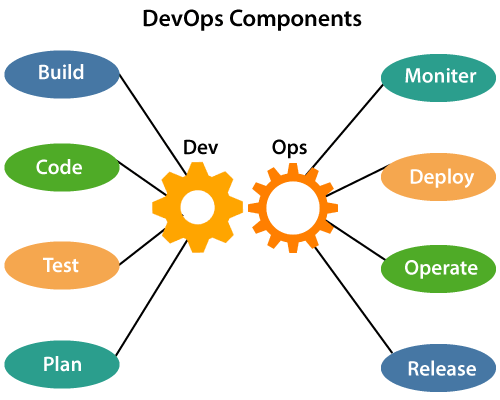 |
Developers are often passionate and open to experimenting with new ideas and technology in order to address an organization's challenges. They should keep in mind the following:
The competitive marketplace places significant emphasis on on-time delivery.
They must support production-ready code management and the installation of new capabilities.
Due to the length of the release cycle, the development team must make various assumptions prior to application deployment. In this case, resolving issues that arise during deployment in the production or staging environment takes longer.
Historically, operators have prioritized the stability and dependability of IT services. As a result, the operations team is concerned with making adjustments to resources, technology, or techniques in order to achieve stability. Among their difficulties are the following:
Managing resource conflict.
Managing application redesigns or adjustments necessary for production-ready application execution.
Troubleshooting and addressing production-related difficulties following application isolation.
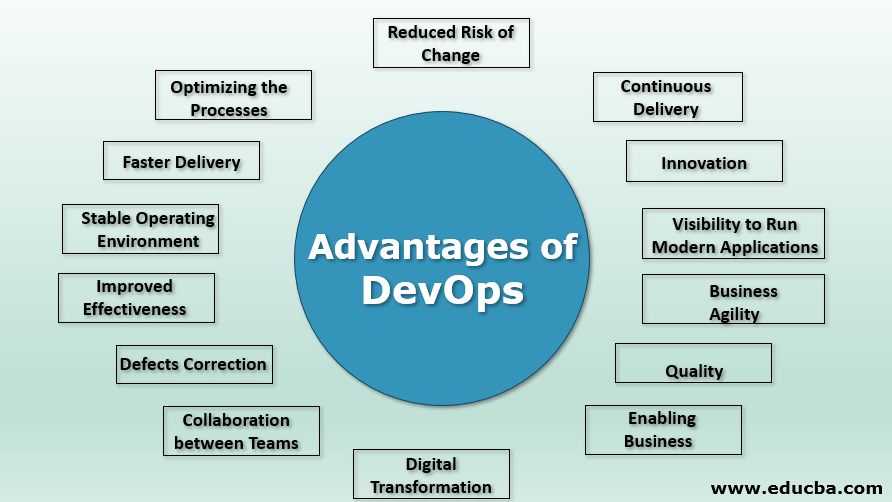 |
Rather than delivering a large number of application features all at once, businesses are experimenting with rolling out a limited number of enhancements to their consumers over the course of many release revisions. This provides a number of advantages, including improved software quality and faster client feedback. These factors contribute to a high level of consumer satisfaction. To accomplish these goals, businesses must:
Reduce the rate of new release failures.
Increase the frequency of deployments.
Reduce the mean time of recovery in the case of an application crash.
Reduce the time between fixes.
DevOps accomplishes all of these goals and enables seamless delivery. Organizations use DevOps to attain high levels of performance. They do tens, hundreds, or even thousands of deployments every day while maintaining the highest levels of dependability, stability, and security possible.
DevOps aims to overcome a range of issues that have arisen as a result of previous techniques. Testing and deployment are distinct steps that occur after design and development and consume more time than build cycles.
Philosophy of DevOps Culture
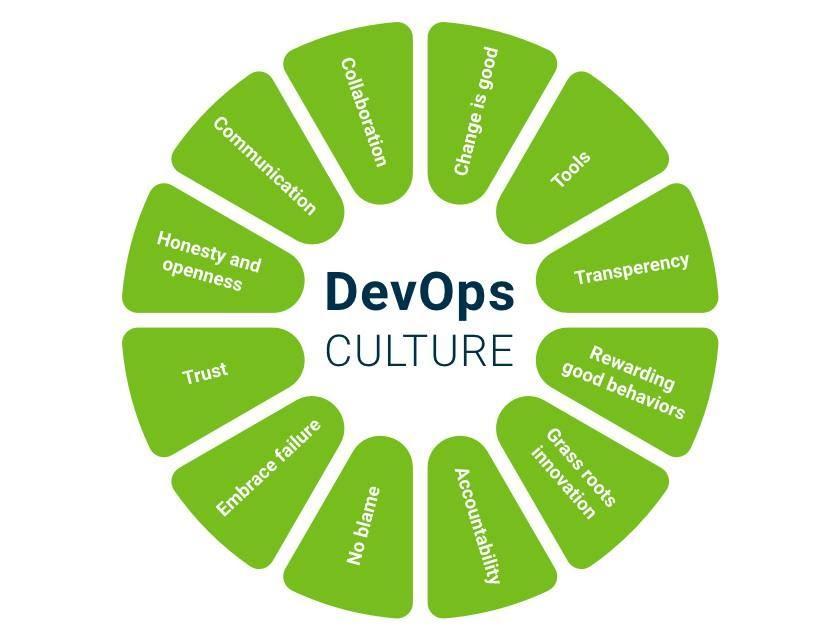 |
DevOps adoption necessitates a shift in culture and philosophy. At its most basic level, DevOps is about dismantling silos between two historically separate teams: development and operations.
In other firms, development and operations teams may not even exist; engineers may do both functions. With DevOps, the two teams collaborate to enhance both developer productivity and operations reliability. They strive for regular communication, increased efficiency, and an enhancement in the quality of services provided to clients.
They take complete responsibility for their services, frequently going beyond the limits of their given duties or titles, by considering the end customer's needs and how they may help to meet those demands. Additionally, quality assurance and security teams may become inextricably linked to these teams.
Regardless of their organizational structure, organizations that follow a DevOps model have teams that view the full development and infrastructure lifecycle as part of their responsibility.
Several fundamental strategies enable firms to innovate more quickly by automating and simplifying software development and infrastructure management operations. The majority of these activities are performed through the use of appropriate tools.
Minor Upgrades
One critical approach is to do extremely frequent but minor upgrades. This is how businesses develop software more quickly for their consumers. These updates are often more gradual in nature than the updates done on an ad hoc basis in accordance with standard release processes.
Frequent yet minor upgrades reduce the risk associated with each deployment. They assist teams in resolving issues more quickly by allowing them to pinpoint the last deployment that resulted in the error. While the frequency and amount of updates vary, firms that use a DevOps model deploy updates far more frequently than organizations that follow conventional software development processes.
Microservices
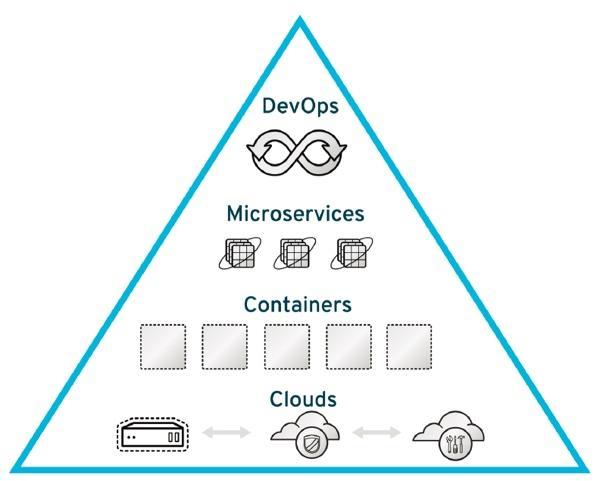 |
Additionally, organizations may employ a microservices architecture to increase the flexibility and speed of innovation in their applications. Microservices design decouples complicated, large-scale systems into small, self-contained initiatives. Applications are decomposed into several distinct components (services), each of which is dedicated to a certain purpose or function and operates independently of the application's peer services.
This design minimizes the coordination overhead associated with application updates, and when each service is linked with small, agile teams that take responsibility for it, businesses can move more swiftly.
Combining these two processes
The combination of microservices and greater release frequency, on the other hand, results in much more deployments, which might cause operational issues. Thus, DevOps approaches like continuous integration and continuous delivery address these concerns and enable enterprises to deliver swiftly while maintaining a high level of security and reliability.
Infrastructure automation methods contribute to the elasticity and responsiveness of computing resources to frequent changes. Additionally, monitoring and logging enable engineers to follow the performance of applications and infrastructure, enabling them to respond rapidly to issues.
Together, these principles enable firms to provide consumers with faster, more dependable updates.
The Advantages of a DevOps Architecture
A properly deployed DevOps strategy has a lot of advantages. These include the following:
Cost-cutting
Businesses' key concern is operating expenses, and DevOps enables firms to keep those costs low. Because DevOps approaches promote efficiency, software output rises and organizations perceive a drop in total production costs.
Teams are more productive, and software is released more rapidly with shorter development cycles and simpler processes.
Better User Experience
User experience, and specifically, user input, are critical components of the DevOps process. By eliciting and acting on client feedback, professionals who practise DevOps guarantee that clients' desires and requirements are met and customer satisfaction reaches new heights.
Efficiency Over Time
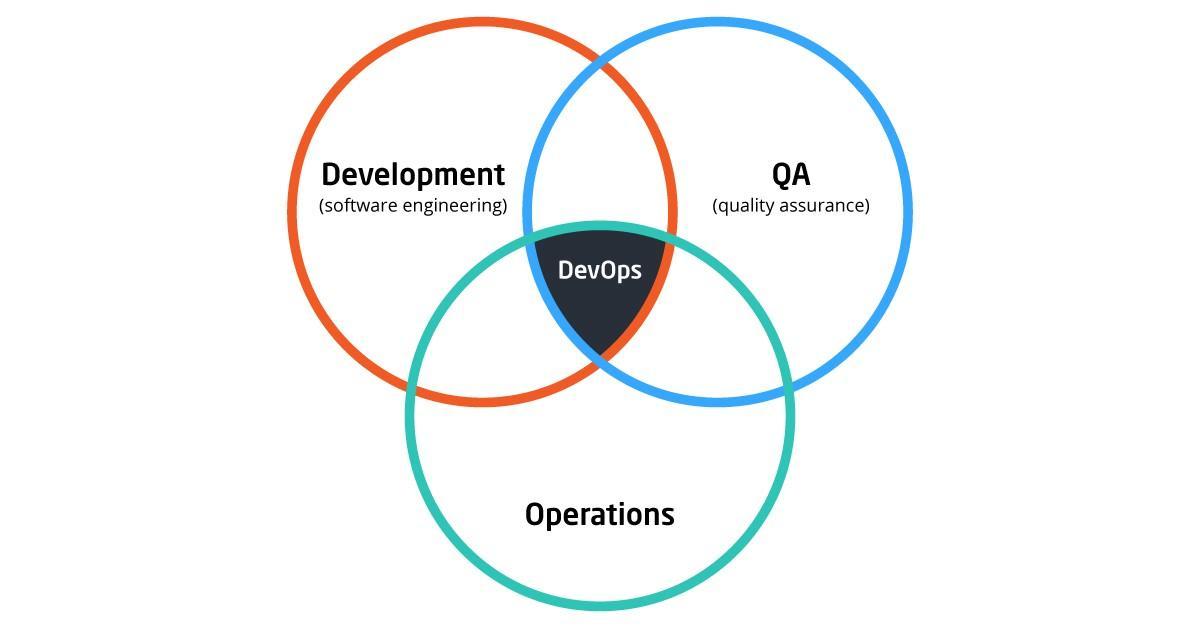 |
DevOps reduces the development lifecycle, which had become progressively complicated in prior versions. This results in increased productivity across a DevOps company, as does the fact that requirement collecting becomes easier.
Requirement collection is a simplified process in DevOps; a culture of responsibility, cooperation, and openness ensures that requirements gathering is a seamless team effort that leaves no stone untouched.
Conclusion
In an ideal scenario, DevOps architecture fosters a collaborative, silo-free environment in which operations and development may thrive. However, we are all aware that no two DevOps companies are identical and that things seldom go according to plan.
Establishing your company on DevOps principles has been shown to increase your business's productivity through improved delivery, as well as more frequent and reliable outcomes for your consumers. As a result of these factors, employing a DevOps approach to software architecture has become a critical trend in corporate firms that is unlikely to fade.
Summary
The three guiding concepts of the ever-growing, modern approach to software delivery known as "DevOps" are communication, collaboration, and integration. The concept (development and operations), coined in 2009 by Patrick Debois, is an extension of agile development environments that attempts to improve the overall process of software delivery. In fact, there is considerable debate over the exact meaning of DevOps. Dive deep into this process and learn about how it works and what its benefits are.